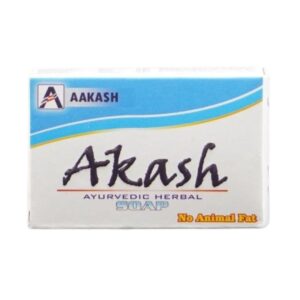GLYCERINE AND VITAMIN E + ALOEVERA
Glycerine And Vitamin E: Drug: Glycerine And Vitamin E
Use: Glycerine And Vitamin E is a topical medication primarily used to moisturize and soften the skin. It is commonly used in various skincare products such as creams, lotions, and ointments.
Mechanism of Action: Glycerine acts as a humectant, which helps the skin retain moisture by attracting water from the air and reducing water loss from the skin’s surface. Vitamin E, on the other hand, is an antioxidant that helps protect the skin from damage caused by free radicals.
Dose: Glycerine And Vitamin E is typically applied topically in the form of creams, lotions, or ointments. The specific dose may vary depending on the product and the individual’s needs. It is important to read and follow the instructions provided by the manufacturer or healthcare professional.
Side Effects: Glycerine And Vitamin E are generally considered safe when used topically. However, some individuals may experience mild skin irritation or allergic reactions, such as redness, itching, or rash. If any severe or persistent side effects occur, it is advisable to discontinue use and consult a healthcare professional.
It is important to note that Glycerine And Vitamin E is for external use only and should not be ingested. Additionally, it is always recommended to consult a healthcare professional or pharmacist before using any new medication or skincare product, especially if you have any pre-existing skin conditions or allergies.
Aloevera: Aloevera is a gel-like substance derived from the leaves of the Aloe vera plant. It has been used for its medicinal properties for centuries and is commonly found in various skincare and healthcare products.
Use:
Aloevera is primarily used topically for its soothing and healing properties. It is commonly applied to the skin to treat sunburns, minor cuts and burns, rashes, insect bites, and various skin conditions such as psoriasis and eczema. The gel is known for its moisturizing effect and can help promote wound healing and reduce inflammation.
Mechanism of action:
The exact mechanism of action of Aloevera is not fully understood, but it is believed to be due to its combination of active compounds including polysaccharides, enzymes, vitamins, and minerals. It has anti-inflammatory, antimicrobial, and antioxidant properties, which contribute to its healing effects on the skin.
Dose:
Aloevera gel can be applied topically directly to the affected area of the skin. The recommended dose varies depending on the specific condition being treated and the concentration of the product. It is important to follow the instructions provided on the product packaging or consult with a healthcare professional for appropriate dosage.
Side effects:
Aloevera is generally considered safe for topical use, and side effects are rare. However, some individuals may experience mild allergic reactions, such as itching, redness, or a rash, which should resolve once the product is discontinued. It is recommended to perform a patch test before applying Aloevera gel to a larger area of the skin to check for any adverse reactions.
Oral consumption of Aloevera products like juices or supplements may cause potential side effects such as stomach cramps, diarrhea, and electrolyte imbalances. Prolonged and high-dose oral use may also lead to liver or kidney problems. It is advised to consult with a healthcare professional before consuming Aloevera orally.
Additionally, while Aloevera has been used for centuries, there is limited scientific evidence to support all of its claimed benefits. It is always best to consult with a healthcare professional for appropriate use and to discuss any potential drug interactions or contraindications before using Aloevera products.

